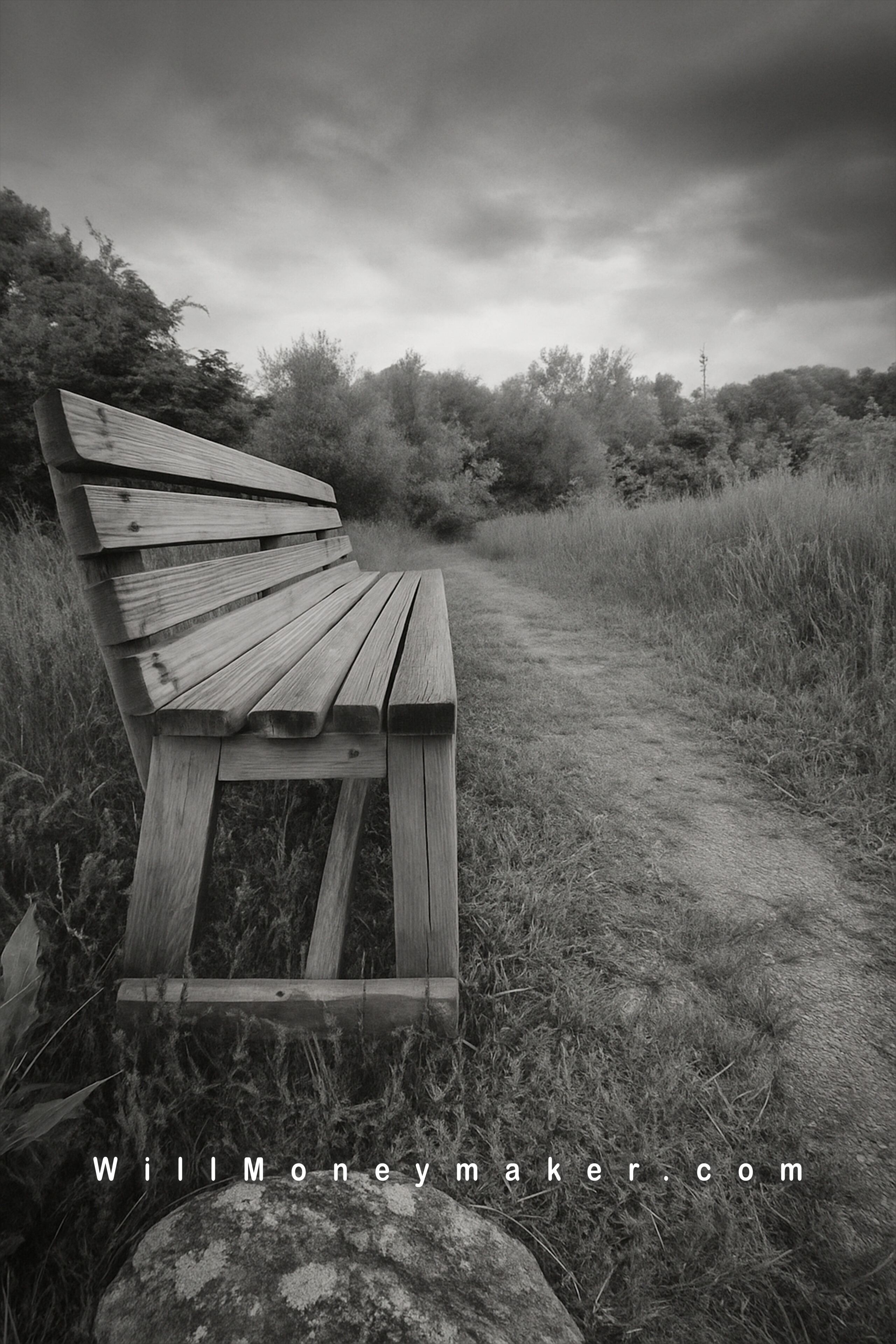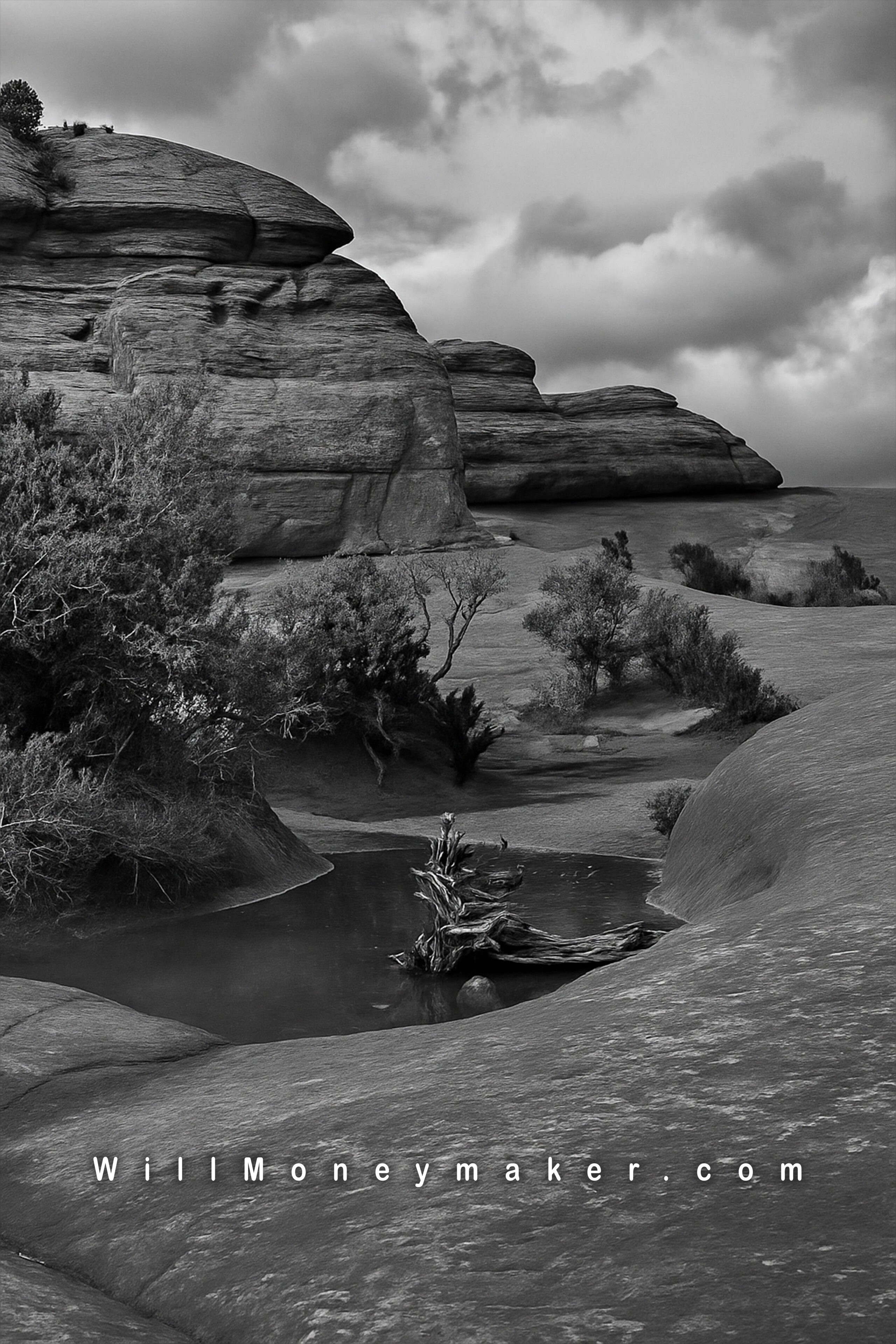Few things capture the essence of a rainy day like a photo of the falling rain. I don't mean images of water droplets or small rivulets, but rather photos that capture the lines and sparkle of a true downpour. Capturing the falling rain is a relatively simple process. If you'd like to create some beautiful photographs the next time it rains, I'll show you how!
Choosing Your Gear and Location
First, you'll need rain gear for yourself and your camera – especially if you plan to shoot out in the open, but also if you're shooting from under the cover of a porch or awning. You never know when a stray breeze might blow rain in all over you and your camera. Pick up a simple rain hood for your camera or failing that, use a sturdy plastic bag tied around your camera’s lens to keep everything but the front element of the lens undercover.
To get that long, streaky look that falling raindrops make, you'll need to use long shutter speeds, which means you'll need a tripod to stabilize the camera. And, if you're taking images in the daytime, a neutral density filter will help you prevent overexposed images.
The other issue you'll need to contend with is the humidity. Your lenses will almost certainly fog up, and if you do a lens change outdoors, there’s a good chance that you'll fog your camera’s mirror or allow moisture into the camera’s body.
Keep a sealed plastic bag of soft cloths on hand to clean your lens as necessary and if possible, choose a location where you can duck into a dry, air-conditioned building or vehicle to make lens changes. When you get home, remember to set all of you camera gear out to dry so that you don't end up with a nasty case of lens fungus. If you're really worried about excess moisture, save the small packets of silica gel that you get when you buy brand new shoes or bags (or buy silica gel packets online). Toss a handful of these into your camera bag when you return from your outing to soak up any moisture.
Getting the Shot
To get a great capture, start with your camera’s ISO. The object is to avoid noise since it will detract from the look that the raindrops make as they fall. Use an ISO of around 200 and adjust based on how your particular camera handles noise. Slow down your camera’s shutter speed until you're getting nice streaks of falling rain, and stop down your aperture to compensate for overexposure. If you're shooting on a particularly bright rainy day or you'd like to keep a narrow depth of field, this is where the neutral density filters come in handy – use them to lower the exposure value without stopping your aperture down further.
The process is similar if you're taking rainy photos at night. However, various lighting effects give you several more creative opportunities. Look for spots where you can use light sources to backlight the raindrops – a passing car’s headlights, streetlights, light pouring from a window – and use that light to create images with raindrops that sparkle as they fall. If you can't find any good light sources, you can mount a remotely triggered off-camera flash to a tripod or light stand (making sure to cover it with a clear plastic bag) and make your own backlighting.
Rainy day photography is surprisingly simple and infinitely rewarding. Rather than putting the camera away for the day, get out your rain gear and capture the fresh feeling that comes with a good downpour!




